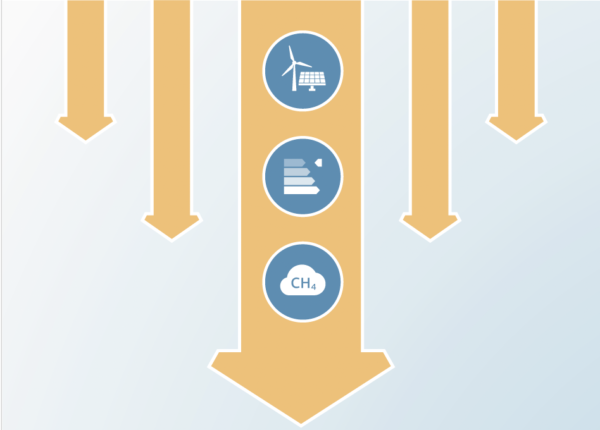Are governments doing their “fair share”? New method assesses climate action
Authors
Niklas Höhne, Hanna Fekete, Markus Hagemann, Bill Hare, Marcia Rocha, Michiel Schaeffer, Fabio Sferra, Louise Jeffery, Kornelis Blok, Yvonne Deng
Share

This Climate Action Tracker Update uses a new method to assess “comparable efforts” and the “fair share” of governments’ national greenhouse gas reduction proposals. Such a comparison is essential for the successful completion of an agreement on climate change in Paris in December this year, as some governments have made their offers conditional on comparable action by others.
For the first time, the method we have developed provides a comprehensive overview of many different viewpoints on what could be considered a “fair” contribution for each of over 30 countries, and for the periods 2020, 2025, 2030 and 2050. It is based on a very wide range of literature from researchers from the north and south that was initially collected for the IPCC Fifth Assessment Report (AR5).
The Climate Action Tracker does not itself assign emission reduction proposals of countries to a specific concept of “fairness”, but instead locates a country’s emission proposals within the full range of academic analyses of the issue. The “sufficient” category means that if all governments adopted the same level of effort, warming would be held below 2°C with a likely probability.
Where a government is rated “medium”, its emission reduction proposals could be compatible with limiting warming below 2°C, but only if other countries compensated for that by reducing their emissions more than their medium category.
In order to span the full range of literature, the Climate Action Tracker’s team—from four research organisations—has complemented IPCC AR5 with new literature, alongside the CAT’s own, new calculations.











